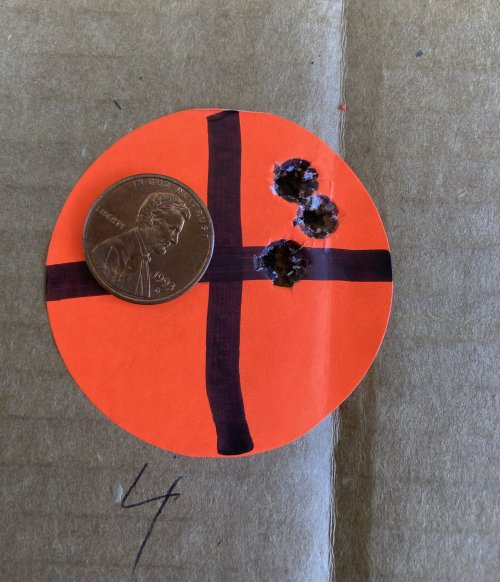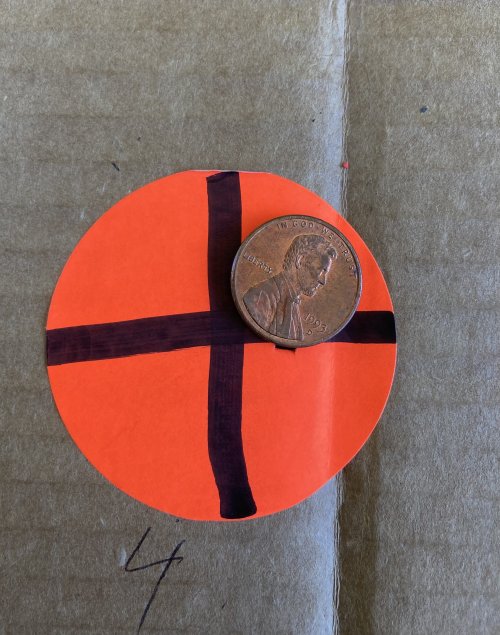Addicting
Well-known member
Mine consist of the Hornday OAL gauges and a harbor freight digital caliper. LolI think that is the part that has my barrier to entry so high is I'm not really hip to technical measurement and the tools needed to acquire those skills and data. Seeing people describe differences in thousandths of an inch and being able to measure correctly and realiably has me to most worried. I've even casually learned there is a love/hate around some of the OAL tools and such.
Anyone have a set of measuring tools that was worth the upgrade/cost?







